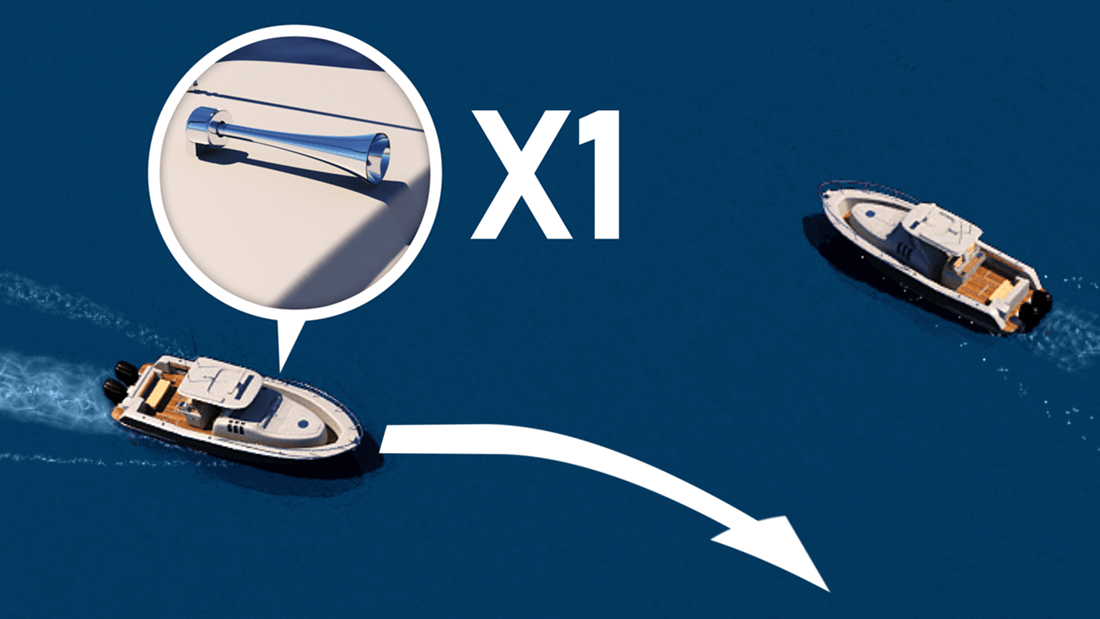Port-to-port

In recreational boating, commercial shipping, and maritime navigation, few rules are more essential than understanding how to safely pass another vessel when meeting head-on. The most common and internationally preferred method is the port-to-port pass. This maneuver is simple, intuitive, and forms the foundation of the Collision Regulations (COLREGS) used around the world. When boaters understand what port-to-port means—along with when and how to apply it—they greatly reduce the risk of collision and improve the overall flow of traffic on the water.
What “Port-to-Port” Means
Every vessel has two sides:
-
Port: the left side when facing forward
-
Starboard: the right side when facing forward
A port-to-port passing means that each boat keeps its port (left) side next to the other’s port side as they pass. In other words, the vessels alter course slightly to starboard (right), just as vehicles on a roadway move to the right when approaching each other.
This method is considered the standard for head-on or near head-on situations. It is the most predictable action for both operators because it mirrors normal traffic flow on roads in countries that drive on the right.
Why Port-to-Port Is the Standard Method
The COLREGS state that when two power-driven vessels meet on a reciprocal or nearly reciprocal course, both should alter course to starboard, making a port-to-port passing. There are several reasons why this method is universally accepted:
1. Predictability
If all vessels consistently move to starboard when meeting another vessel, the likelihood of confusion drops dramatically. Predictability is the core of safe marine navigation.
2. Maximum Visibility
When vessels alter course to starboard, each operator sees the red port sidelight of the other vessel. This color configuration is immediately recognizable and confirms that the meeting situation is being handled correctly.
3. Safety in Narrow Channels
In many rivers, canals, and dredged channels, deep water or navigable space lies on the right side of the channel relative to each vessel’s direction of travel. A port-to-port pass keeps both vessels in safer water.
4. Consistency With Road Traffic
For most boaters, steering slightly right when meeting another vessel feels natural, much like staying in the right lane when driving.
How to Execute a Port-to-Port Pass
Successfully completing a port-to-port pass relies on both vessels taking predictable, deliberate steps. Boaters should:
1. Observe the Situation
When two vessels are approaching head-on, both operators should quickly determine:
-
the angle of approach
-
the other vessel’s speed
-
nearby hazards
-
whether traffic allows safe maneuvering
2. Alter Course to Starboard
A small but noticeable alteration to starboard signals your intention. It also aligns you with the standard rule and keeps you clear of the other boat.
3. Slow Down if Necessary
Reducing speed provides more time to maneuver and decreases stopping distance in case something unexpected happens.
4. Maintain a Safe Distance
Even though port-to-port is predictable, always allow for sufficient separation. Large wakes, current, or wind can affect control.
5. Use Sound Signals When Required
In situations where communication is needed—such as in fog, congested waters, or commercial traffic—use the correct sound signal:
-
One short blast: “I intend to leave you on my port side.”
-
The other vessel responds with one short blast to agree.
6. Resume Course After the Pass
Once both vessels safely clear each other, slowly return to your original heading and speed.
Port-to-Port at Night: Understanding the Lights
Navigation lights play an important role in confirming a safe passing at night. In a proper port-to-port meeting:
-
each vessel will see the red port sidelight of the other
-
the green starboard lights will not be visible
-
both white masthead lights will generally appear in line
Seeing red-to-red helps both operators verify the correct passing arrangement without verbal communication.